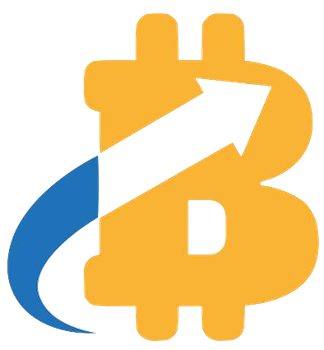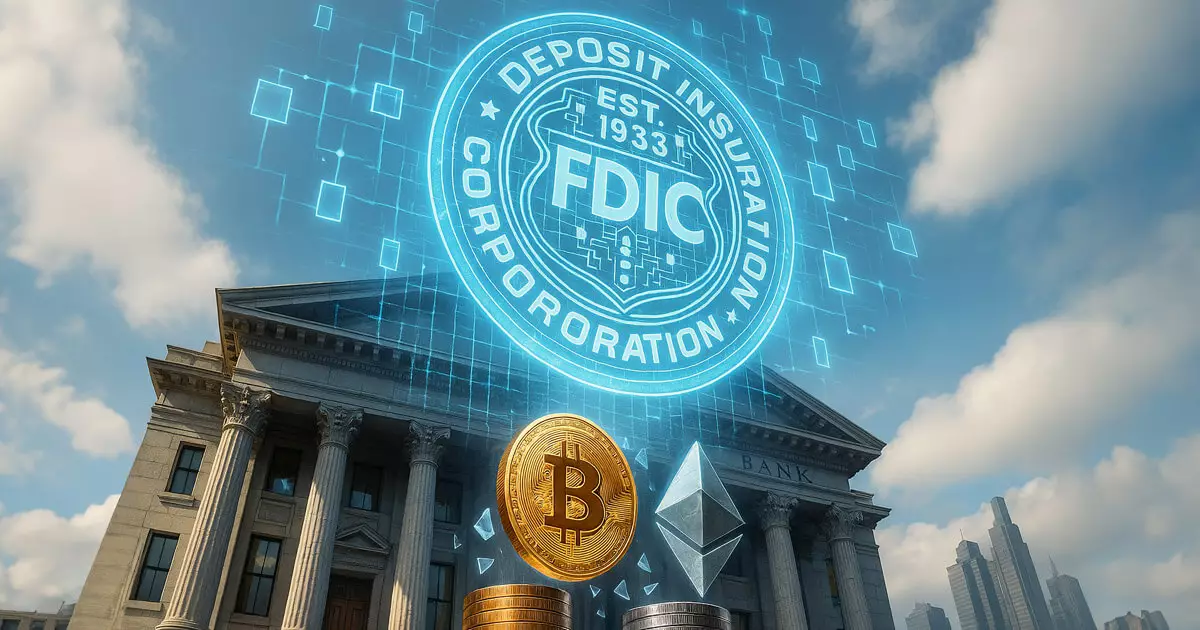For years, the intersection of traditional banking and cryptocurrencies has been fraught with a sense of trepidation, particularly in the United States. However, the recent remarks from FDIC Acting Chairman Travis Hill signal a remarkable pivot toward a more transparent and accommodating framework regarding banks’ interactions with crypto. Historically, U.S. regulators have displayed an aversion to adopting liberal frameworks akin to those seen in numerous other countries. The long-standing position of the Federal Deposit Insurance Corporation (FDIC) against public, permissionless blockchains was limiting innovation. Hill’s statements promote a burgeoning acceptance of cryptocurrencies, representing a critical juncture in defining how these digital currencies could or should coexist alongside traditional financial instruments.
This developmental progression excites progressive thinkers who favour the monetization potentials of blockchain technology. It also echoes sentiments on the necessity for balance; the risks associated with the cryptocurrency world are manifold, from regulatory uncertainties to security vulnerabilities. The FDIC acknowledges these concerns, emphasizing the importance of establishing robust regulatory “guardrails.” This balance—between nurturing innovation while safeguarding consumer interests—is critical.
Public Blockchains: The Future Reality
A notable aspect of Hill’s discourse revolves around the potential deployment of public blockchains in banking operations. The shift away from total prohibition towards a regulated framework is not just an administrative shift; it is an acknowledgment that the fabric of finance is changing. While regulatory caution is undoubtedly warranted, a blunt prohibition could stifle the evolution of financial services that public chain technologies promise to facilitate.
In many global jurisdictions, banks have seamlessly integrated blockchain into their operations without devastating repercussions. Observing how other countries’ banks have leveraged public chains reveals an extensive opportunity for financial innovation. The FDIC’s movement toward permissible blockchain use signifies a complex yet necessary evolution. It opens avenues for novel banking services while addressing the need for clarity and security in how these technologies intersect with existing legislative frameworks.
The Intricacies of Regulation
While optimism surrounds these new developments, Hill’s remarks rightly underscore the challenges of aligning blockchain’s inherent flexibility with the static nature of traditional regulatory frameworks. The FDIC intends to develop thorough, durable standards to tackle this conundrum. The recognition that “deposits are deposits, regardless of the technology or recordkeeping deployed” encapsulates a forward-thinking vision yet raises questions about how existing safeguards will mesh with emergent technologies.
For instance, the agency’s concerns regarding counterparties withdrawing funds via smart contracts post-bank failure highlights a significant regulatory dilemma. If regulatory bodies do not adapt swiftly, the swirl of innovation could lead to chaotic scenarios that financial regulators are ill-prepared to manage.
This dilemma evokes a sentiment echoed by many in the financial sector: while regulations are necessary, they must also allow the flexibility required for technological change. The challenge of crafting such frameworks shouldn’t be underestimated, but the FDIC seems committed to undertaking this endeavor.
The Future of Stablecoins
Furthermore, the conversation surrounding stablecoins is becoming increasingly salient. With the FDIC exploring potential updates for pass-through deposit insurance regulations, it raises important inquiries into the inherent qualities of stablecoins and their backing. How can we ensure liquidity and protect against the chasms of illicit finance? The potential integration of stablecoins into traditional banking frameworks could herald a new era of financial inclusion and efficiency. Still, it requires a cautious yet bold approach.
While the FDIC’s past stance provided a sense of ‘restrictive necessity,’ an evolution is now crucial to align with broader market trends. By considering additional use cases for crypto-related activities, the FDIC may not only help to mitigate risks but also inspire trust in the evolving digital asset landscape among a sceptical public.
The FDIC’s newly articulated principles show a commendable desire to carve a pathway for banking institutions to explore digital avenues without reverting to anti-innovation dogma. The idea that smarter regulation can fortify the very fabric of finance while nurturing creativity is a powerful one and worthy of exploration.
While the U.S. banking system pivots toward a fresh paradigm that embraces innovation, striking the right balance between growth and safety is essential. The FDIC’s steps toward a crypto-friendly environment may very well signify a breakthrough moment in modern banking but only time will reveal its true efficacy.



















Leave a Reply